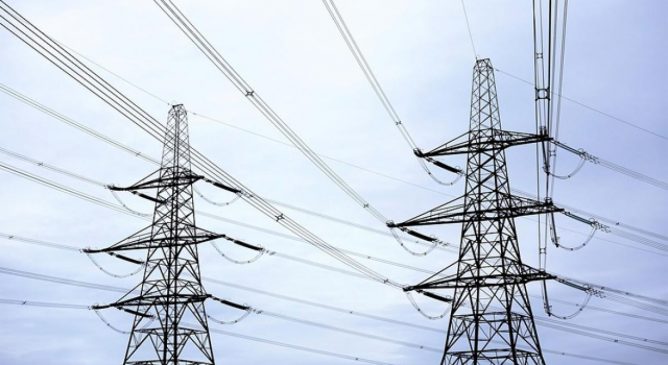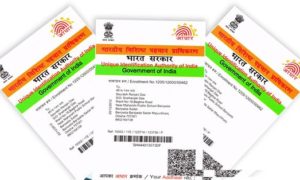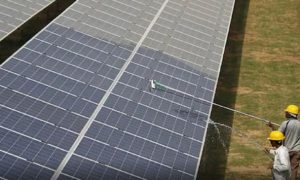ToD tariff would be applicable for commercial and industrial consumers, having demand of 10 KW and above, from 1st April, 2024. For all other categories of consumers except agricultural, the new rule will be applicable from 1st April, 2025.
New Delhi: The government has announced new electricity rules that will allow for cuts in power tariffs of up to 20 per cent during the day and increases of up to 20 per cent during peak night hours as the govt is is set to implement ‘time of the day’ tariff, reported news agency Reuters.
Read More: PM Kisan Yojana 14th instalment: Farmers to get Rs 3,000 every month, check details
The system is expected to reduce demand on the grid during peak times and help India work towards its target of achieving 65 per cent of its energy capacity from non-fossil fuels by 2030.
The ‘time of the day’ (ToD) tariff provides for varying rates during different time of the day and it will allow consumers to avoid electricity usage for washing clothes, cooking and other purposes during peak hours when power rates are higher.
Consumers can now schedule their works like washing or cooking during off-peak hours (daytime or solar hours) when tariff is lower.
ToD tariff would be applicable for commercial and industrial consumers, having demand of 10 KW and above, from 1st April, 2024. For all other categories of consumers except agricultural, the new rule will be applicable from 1st April, 2025.
For those with smart meters, ToD tariff will be effective immediately after installation of such meters.
“Government of India has introduced two changes to the prevailing power tariff system, through an amendment to the Electricity (Rights of Consumers) Rules, 2020. The changes are: introduction of Time of Day (ToD) tariff, and rationalization of smart metering provisions,” a power ministry statement said on Friday.
Rather than being charged for electricity at the same rate though out the day, the price a user pays for electricity will vary according to the time of day, it explained.
Under the new tariff system, the statement said, the rate of electricity during solar hours (eight hours in a day as specified by the State Electricity Regulatory Commission) shall be 10 per cent to 20 per cent less than the normal charges, while it will be 10 to 20 per cent higher during peak hours.
Read More: PM KISAN 14th Installment To Be Released Soon; Check How To Apply, Check Status
According to Union Power and New & Renewable Energy Minister R K Singh, ToD tariff is a win-win for consumers as well as the electricity providers.
“The ToD tariffs comprising separate tariffs for peak hours, solar hours and normal hours, send price signals to consumers to manage their load according to the tariff. With awareness and effective utilisation of ToD tariff mechanism, consumers can reduce their electricity bills,” Singh said in the statement.
He explained that since solar power is cheaper, the tariff during the solar hours will be less.
During non-solar hours thermal and hydro power as well as gas-based capacity is used. Their costs are higher than that of solar power and this will be reflected in Time of Day Tariff.
He said the new mechanism will also ensure better grid integration of renewable energy sources thereby facilitating faster energy transition for India.
“The ToD tariff will improve the management of renewable generation fluctuations, incentivise demand increase during the periods of high RE generation hours and thereby increase grid integration of larger quantity of renewable power,” Singh added.
Most of the State Electricity Regulatory Commissions (SERCs) have already implemented ToD tariff for large commercial and industrial category of consumers.
With installation of smart meters, ToD tariff metering at domestic consumer level will be introduced as per the tariff policy mandate.
Read More: Eid-Al-Adha Bank Holiday: Are Banks In Your City Closed On June 29 For Bakrid?
About the rules regarding amendment made in smart metering provision, the ministry stated that the government has also simplified the rules for smart metering.
To avoid inconvenience/harassment of the consumers, the existing penalties for increase in consumer’s demand beyond the maximum sanctioned load/demand have been reduced, it said.
No penalty will be imposed on consumers based on maximum demand recorded by the smart meter for the period before installation date, it added.
Besides, load revision procedure has also been rationalised in such a way that maximum demand shall be revised upwards only if sanctioned load exceeds at least three times in a financial year.
Smart meters shall be read remotely at least once in a day and the data shall be shared with consumers in order to enable them to take informed decision about consumption of electricity, the ministry statement said.
The Electricity (Rights of Consumers) Rules, 2020 was notified by the government on December 31, 2020, based on the conviction that power systems is meant to serve consumers and that consumers have rights to get reliable and quality services.
The new electricity tariff rules come at a time when power demand grew at its fastest pace in 33 years due to rising temperatures and a surge in economic activity. As a result, India faced its worst electricity shortage in FY23.
A 2022 draft government plan estimated India’s power demand to grow twice as fast till March 2027, fuelled by higher power consumption during the summer months and increased industrial activity.





































